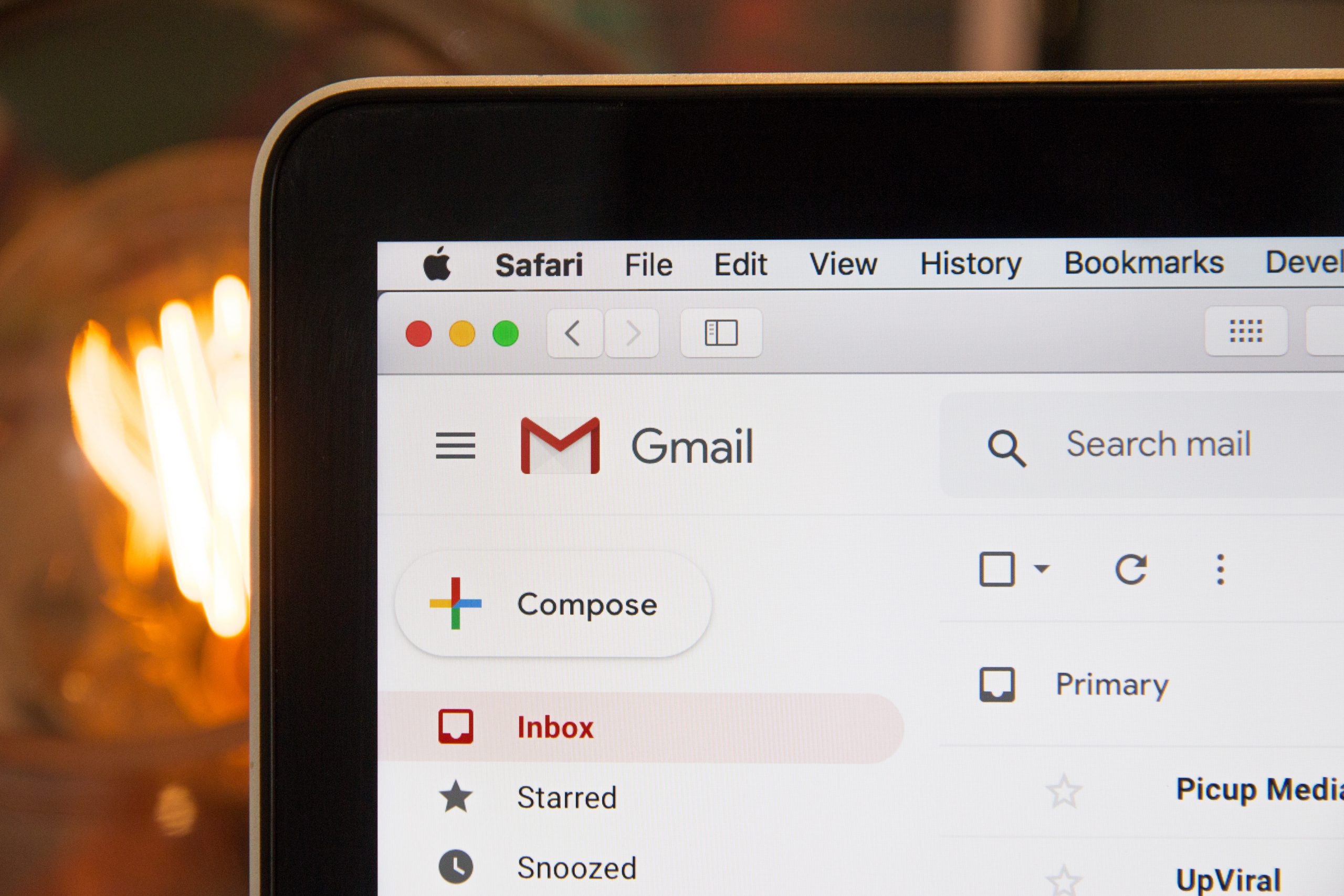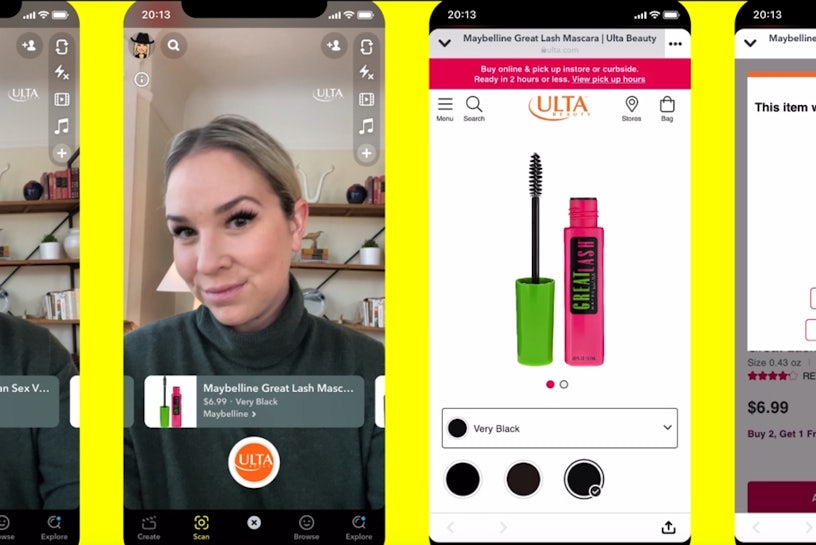Apple’s iOS 13 feature, Hide My Email for Sign in with Apple, which allows users to create unique fake email addresses that forward to their real one in order to protect user privacy could have huge implications for online lead generation.
What is Hide My Email for Sign in with Apple?
Way back in February 2014, the US Patent and Trademark Office published an Apple patent application which could change the digital marketing landscape forever.
The patent, entitled “Disposable Email Address Generation and Mapping to a Regular Email Account”, describes a system for “easily creating and using disposable email addresses”.
Now a reality, Hide My Email for Sign in with Apple will allow millions of iPhone users to use fake email addresses to sign into apps and websites, which could have potentially devastating consequences for online lead generation.
Apps can ask only for your name and email address, and if you prefer, we can create a unique email address that forwards to your real one. We won’t track your activity and you’re in control of your data.

How Hide My Email works
The system is a private email relay service – allowing privacy-conscious users to keep their personal emails private.
Instead of using their real email address, Hide My Email randomly generates an email address (e.g. fc452bd5eam@privaterelay.appleid.com) which will forward messages onto the user.
Apple’s private email relay lets users receive email even if they prefer to keep their address private.

The Hide My Email system will also allow the user to disable the email address when they get bored of hearing from a business.
Aren’t disposable email addresses already a thing?
Yes, very much so – but not how Apple is describing them in its patent.
The idea behind having a disposable email address in the first place is that it allows you to still receive emails (e.g. marketing material) without giving out the email address that you use on a daily basis.
As it stands, it’s fairly simple to create a disposable email address, even one which will automatically forward emails to a non-disposable email address – i.e. one which you actually use.
In fact, it’s already fairly simple to create a disposable address in Gmail. All you have to do is add a category after your username using a plus sign.
For example, emails sent to the following addresses will automatically forward to username@gmail.com:
- username+work@gmail.com
- username+newsletters@gmail.com
- username+shopping@gmail.com
These aren’t preset – virtually any category name you use will work. From there, you can use a Gmail filter to keep your inbox organised and cut out all of the junk.
This is not what Apple is referring to.
What Apple is creating will be a legitimate email address in its own right which can be easily disposed of, severing the links between businesses and their prospects instantly.
The potential implications of Hide My Email
The obvious implication for businesses across the world is a drop in lead quality. With many businesses using free guides, courses and webinars in order to entice prospects to sign up to their mailing lists, an increase in these fake email addresses populating opt-in boxes across the web could render these lead magnets useless at actually collecting leads.
Since the user controls whether the email relay is active or not, it would never be clear whether the end-user was actually receiving the emails at all. This may lead to a drop in open rates for email sequences as well as an increase in cost per workable lead for many businesses.
After cleaning out the fake data, email lists may get smaller which could also have an impact on sales.
Businesses will no longer be able to email prospects who use this feature unless those prospects explicitly give them permission. Naturally, this could have an impact on both email marketing and digital marketing in general.
Email marketing
Despite the decline in the effectiveness of email marketing over recent years, email is still one of the top sales channels for many businesses online.

As it currently stands, email is virtually irreplaceable as a distribution channel due to it being easy, effective and inexpensive.
Since the ROI of email marketing is so great, this new change could have an impact on businesses over the next few months to the next few years.
While users may benefit from this new privacy feature, there appears to be no upside for businesses who rely on having valid email addresses in their CRM.
Although we can’t exactly predict the level of impact that Hide My Email will have, it’s important to be prepared with a diversified and integrated digital marketing plan in place.
Search marketing
Since the feature allows you to easily create disposable email addresses, people who are cautious of spam or those on a large number of mailing lists may choose to create a random email address in order to keep their personal inbox private.
With many tech companies jumping on the privacy bandwagon, it wouldn’t be too much of a stretch for others to follow Apple’s lead and incorporate similar measures in the future.

Paid search and paid social
The implications could be greater for businesses which are utilising paid search marketing. If this feature becomes more popular, businesses could potentially be charged by Google Ads and Microsoft Advertising for useless leads with fake email addresses.
There are also potential implications for customer matching on both paid search and paid social. Matching customers on either Facebook or Google would become impossible if disposable email addresses were used. Not only would it be impossible to match the fake emails, but we’d also expect to see an increase in the “Unknown” segment too.
Demographic statistics of such lists could also increasingly lose value with the introduction of more fake emails and no data to accompany them.
It’s not clear what the impact of Sign in with Apple will be at this stage, but one thing is for sure – for businesses, it almost certainly won’t be positive.
What can we do about this?
We’ll need to diversify how we reach people. In the future, there may be less of a focus on targeting email lists, either directly via email marketing or indirectly via customer lists on paid search (Google Ads and Microsoft Advertising) and paid social (Facebook, Instagram etc.).

There’s no obvious easy solution. It’s likely that, if Hide My Email (or similar alternatives) does start to damage businesses, digital marketing teams will have to implement an integrated approach in order to make up the difference.
A simple solution
While there might not be an easy solution, there certainly is a simple one.
As the digital marketing landscape is constantly changing, many businesses turn to specialists with extensive experience to help their business achieve its online goals via an integrated lead generation strategy.
Our multi-award winning teams can help your business grow its online presence to attract more traffic and generate more leads.
To find out more about how we can help you, contact Impression today.





